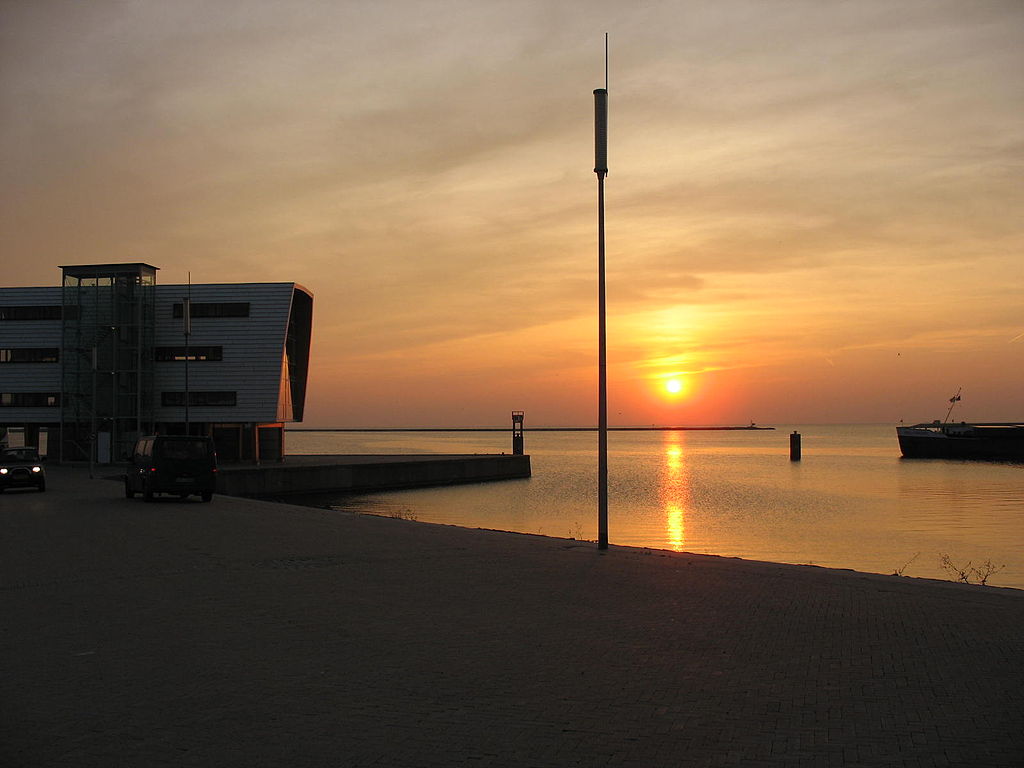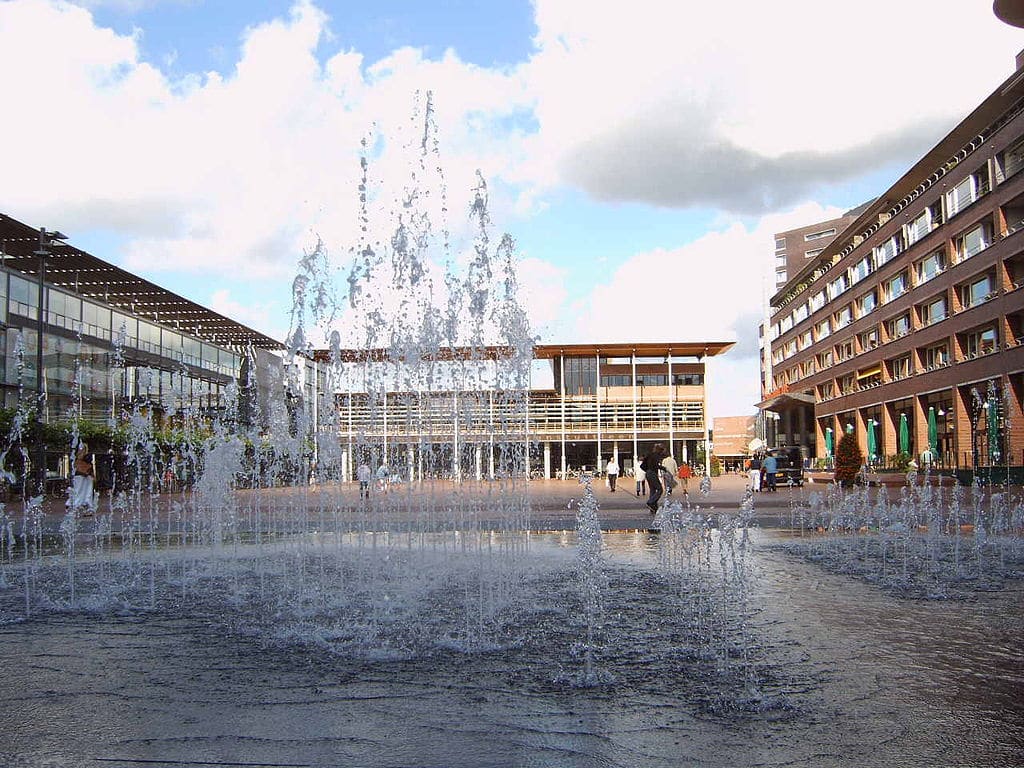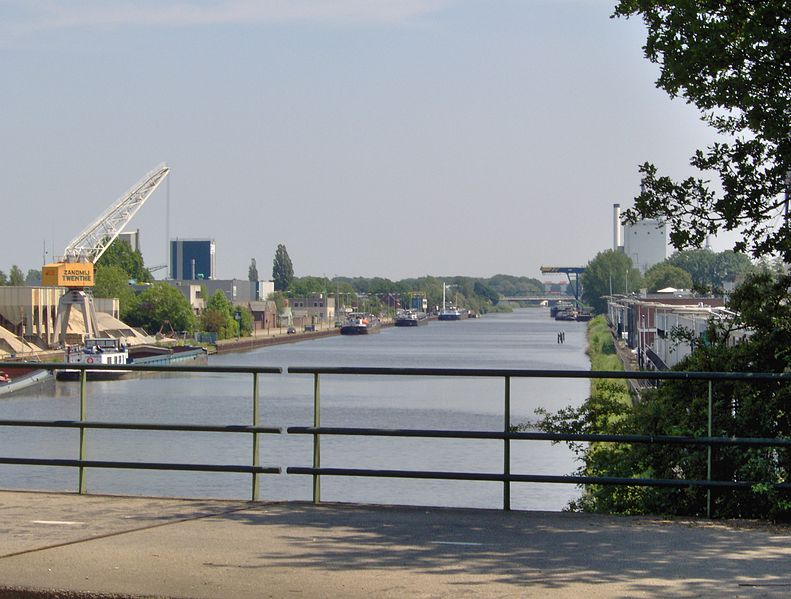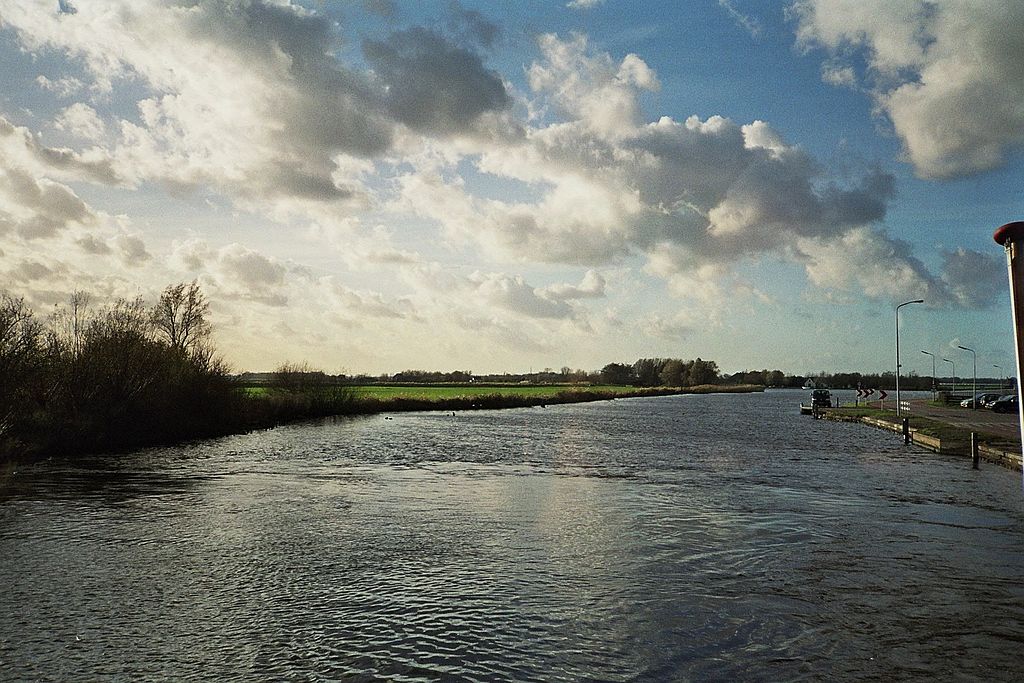
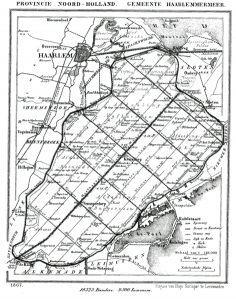
Haarlemmermeer is a municipality rather than a single town or city. The largest town is called, Hoofddorp, and it has a fairly large population at just over 70,000. It is actually normal for a municipality to be named after its largest town or city, but that was not the case here. Most of the land that makes up Haarlemmermeer, is in fact the base of a drained lake that was called, Haarlem’s Lake. The land was reclaimed from the lake over a period of 2 years in the nineteenth century. Hoofdorp, Babhoevedorp and Nieuw-Vennep are the main and largest towns that make up the district of Haarlemmermeer, which is also very near to Amsterdam, the main airport , Schiphol, is actually within the boundaries of Haarlemmermeer
History Of Haarlemmermeer
Haarlemmermeer lake was originally part of the River Rhine approximately 2,000 years ago, but with repeated flooding 3 other lakes, were joined with it while putting some small amounts of habitation, underwater. There was a great battle fought on the lake between ships of the Spanish and Dutch fleets, during the War of Independence. The Dutch were attempting to break the Siege of Haarlem.
The first proposal to drain the water and reclaim the land from it was in 1643. There were other schemes to do the same in 1742 and in 1820, the latter being from the Baron van
Lijnden. But serious consideration was not given until 2 separate floods in 1836, where the water was taken by a storm to the very edge of Amsterdam and in other direction to Leiden where it did cause flooding in the town. In the summer of 1837 the King, ordered a royal commission to see if anything could be done, and in 1839 the government approved a scheme to drain the lake and work began in the spring of 1840. The work began with a canal being dug to circle the lake. As the lake had no natural outlet, the only way to remove the water was by pumping.
The pumping commenced in 1848 with English built steam engines until all of the water was gone in the summer of 1852. The land was then sold which covered the cost,( minus the interest on the funds used) of the whole operation. The land that was uncovered was good enough to be considered for agriculture
The local city, Leiden claimed the new land, but the decision went against them in1854 and in 1855, Haarlemmermeer was declared to be a municipality of North Holland. Many houses and churches began to be built on the land and by the turn of the century there were over 16 and a half thousand inhabitants.
With the returns from farming not being as good as first thought, greenhouse agriculture was successfully begun. This was a time of prosperity for the area with more workers moving into the area to take advantage of high wages.
In the mid 1920’s Amsterdam’s council took over an old military airport called Schiphol and the era of modern day plane travel in Amsterdam had arrived. The municipality of Haarlemmermeer has, over the years grown more towards business than agriculture and there are now over 50 industrial parks in the area of Haarlemmermeerand and 17 office buildings. The area now has a population of nearly 150,000 people, in 26 towns and villages, though there are still many green parts and it is not all given over to industry.
Travel to And Around Haarlemmermeer
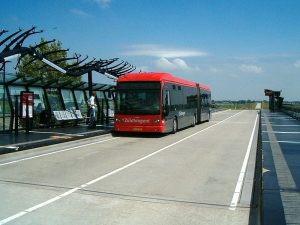
Due to the location of Haarlemmermeer, being near to both Schiphol Airport and also to Amsterdam, there are very good transport links in the area. If you are travelling by train there are good, fast, links to nearly the entire Netherlands, you can get direct trains from most large cities and should not usually have to change more than once for most locations.
There is a large train station at Schiphol with direct links into Amsterdam and there are also train stations at Nederlandse Spoorwegen and Nieuw-Vennep. If you would rather drive to Haarlemmermeer , there are very good road links from Amsterdam. The main A4 from Amsterdam to Den Haag runs straight through the area, as does the A5 which goes from Hoofddorp to Badhoevedorp, the A44 which runs from Nieuw-Vennep through to Wassenaar and the main A9 from Alkmaar to Diemen. There are plenty of places to hire cars from both the airport and also from Amsterdam.
There are good bus links in the area, both from Schiphol and from Amsterdam as well as local buses that connect up many of the towns and villages. If you are flying into Schiphol then you can get flights, mostly direct, from many parts of the world. Unless you are taking a taxi from the airport or one of the main towns, it is probably easier to book one by phone, Taxi Centrale Haarlemmermeer 023 5653653, or,taxi-haarlemmermeer. 023 5 653 653 .
Haarlemmermeer Tourism
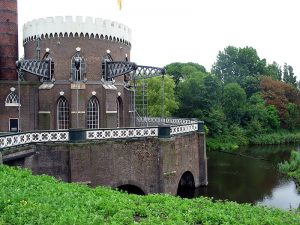
Although Haarlemmermeer is mainly known for the Airport and for being an industrial area, the re are still a few attractions in the municipality to reward those seeking some interesting sights. The biggest park in the area is the Haarlemmermeerse Bos. As well as a good area of green space and flower gardens, there is also a constructed 40 metre hill, called the spotters hill which gives you a good view of the park and its surroundings. The Museum De Cruquius is one of the original pumping houses that pumped out all the water from the Haarlemmermeer Lake. The steam engine was the largest steam engine ever made. It is also on the European Route Of Industrial Heritage.
Hoofdorp is the largest town in the municipality and was built soon after the lake had been pumped out. At the end of the 1800’s the area was made a part of the Amsterdam Defensive Line and a fort was built there and 2 batteries were built outside of the town. Haarlemmermeer as well as being an important industrial part of the Netherlands is also an interesting place for those that are keen on social and industrial heritage.
